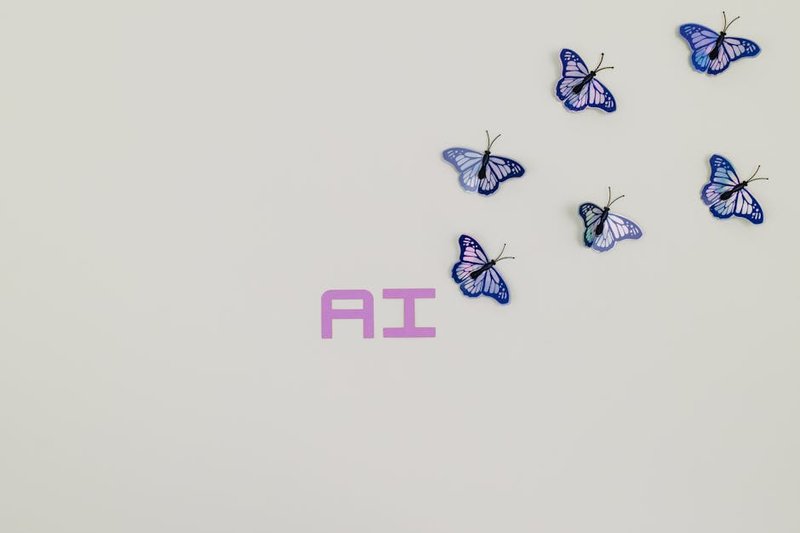I never thought I’d become so emotionally attached to AA batteries until that camping trip in the Adirondacks where my flashlight died just as I was investigating what sounded like a bear outside my tent. Spoiler alert: it was a raccoon, but a particularly judgmental one that seemed disappointed by my lack of emergency preparedness.
That’s when I realized just how dependent we are on batteries—those humble electrochemical packages that keep our modern world humming along. And now we’re betting the future of our entire planet on really, really big versions of these things. Talk about a power move.
Batteries – The Battery Revolution (Or: How I Learned to Stop Worrying and Love the Lithium)
The conversation around renewable energy typically goes something like this: “We’ll just use solar panels and wind turbines, and store excess energy in batteries!” It sounds so simple when you say it fast. But as someone who once spent three hours trying to jump-start my neighbor’s Prius in a snowstorm, I can tell you that battery technology isn’t always the seamless solution we imagine.
The reality is both more complex and more promising than most realize. While critics point out (quite correctly) that covering “thousands of square kilometers with panels and windmills looks a bit impractical,” proponents counter by noting that several countries are approaching 100% renewable energy generation.
So who’s right? Well, as my old physics professor used to say before handing back particularly disastrous exams: “It’s complicated.”

Batteries – Battery Basics: More Than Just Really Expensive Paperweights
Before we can understand grid-scale applications, we need to understand what batteries actually are. As our friends at BatteryStuff explain, “A battery is like a piggy bank. You’ll have nothing left if you keep taking out and putting nothing back.”
That simple analogy captures the fundamental challenge with batteries. They don’t generate energy—they store it. And that storage comes with losses at every step:
- You lose power converting from AC to DC when charging
- You lose power while the energy sits in storage
- You lose power converting back to AC when discharging
This inefficiency cascade is why some experts remain skeptical about batteries as the primary solution for grid stability. As one commenter noted, “The biggest stress on the grid is when it gets hot and stays hot. If power demand never drops enough to recharge the batteries, what do you do on day 3 or 4 with peak demand?”
It’s a valid question, and one I personally experienced during last summer’s heat wave when my neighborhood experienced rolling blackouts. Try explaining to a teenager why they can’t charge their phone during a power outage. I still have emotional scars.
Creative Solutions Beyond the Big Box Battery
While massive battery farms get most of the headlines (Tesla’s Australian battery installation being the media darling), more creative applications are emerging every day:
Battery Swap Networks – Batteries
Companies like NIO and CATL are developing what they claim will be the world’s largest battery swap network. Instead of waiting for your electric vehicle to charge, you simply swap your depleted battery for a fully charged one. It’s like those propane tank exchanges at gas stations, except with considerably more technological sophistication and a much higher chance of someone asking you if you’ve “tried turning it off and on again.”
I tried explaining this concept to my father, who still uses a flip phone and refers to the internet as “the Google.” He remained convinced it was some sort of government conspiracy to track our driving habits. Though to be fair, he believes the same about automatic car washes.
Integrated Infrastructure – Batteries
One of my favorite developments is the integration of solar panels into existing structures. As one commenter wisely noted: “It makes perfect sense to cover parking lots in solar panels. Generate power, keep the cars cool, shelter from rain when getting into/out of your vehicle.”
This multi-use approach just makes sense. During a recent shopping trip, I parked under solar panels at the mall. Not only did my car stay cool, but I didn’t have that moment of panic when you can’t remember where you parked. “I’m under the giant electricity rectangles!” is much easier to remember than “Section C, Row 17.”
Highway Wind Generators
Some innovative engineers are installing small windmills along highways that capture energy from passing vehicles. It’s a brilliant example of making use of energy that would otherwise be wasted—in this case, the wind disturbance created by fast-moving vehicles.
The first time I drove past these, I thought they were some sort of modern roadside art installation. My daughter informed me they were generating electricity. I’ve never felt so simultaneously impressed by human ingenuity and old.

The Battery Challenges We Don’t Talk About Enough
While technological limitations get plenty of attention, there are other significant hurdles to our battery-powered future:
Resource Limitations
The materials needed for advanced batteries—lithium, cobalt, nickel, and rare earth elements—aren’t exactly abundant. We’re essentially trading oil dependency for mineral dependency, which comes with its own geopolitical complications.
I once toured a lithium mining operation while on vacation in Chile’s Atacama Desert. (Yes, I have unusual vacation preferences. My family has stopped questioning them.) The environmental impact was sobering—massive amounts of water pumped from an already arid region to extract the lithium. It was a stark reminder that “clean” energy has its own environmental footprint.
Battery Aging
Batteries degrade over time, even when not in use. As the data from BatteryStuff reveals, “Depending on the depth of discharge, battery life can range between 6 to 48 months, yet only 30% of all batteries reach the 48-month mark.”
This degradation issue scales up problematically for grid storage. Can you imagine replacing the batteries for an entire city every four years? I can barely remember to change the smoke detector batteries annually, despite the persistent chirping that drives my dog into an existential crisis.
Where Do We Go From Here?
The future likely isn’t a single solution but rather an integrated approach:
- Distributed Generation: Smaller, local power generation combined with storage
- Diverse Storage Solutions: Beyond lithium-ion to flow batteries, gravity storage, and even thermal storage
- Smart Grid Management: Using AI to balance load and predict energy needs
- Reduced Consumption: The best energy is the energy we don’t use
After researching this topic extensively, I’ve made some changes in my own life. I installed solar panels on my garage roof, which now power my home office and electric lawn mower. The system paid for itself faster than expected, though I did have to endure months of my neighbor asking if I was “one of those eco-warriors now.” I told him I was just preparing for the zombie apocalypse. He left me alone after that.
The battery-powered future is coming, but it won’t look exactly like either the utopian or dystopian visions we often hear about. It will be messy, incremental, and filled with unexpected innovations. Much like that time I tried to jump-start my car with a portable phone charger. It didn’t work, but I learned some colorful new vocabulary that day.
Whether we end up with massive battery farms, an interconnected grid of small storage solutions, or some technology we haven’t even conceived of yet, one thing is certain: our relationship with energy is changing fundamentally. And I, for one, am charged up about the possibilities.



